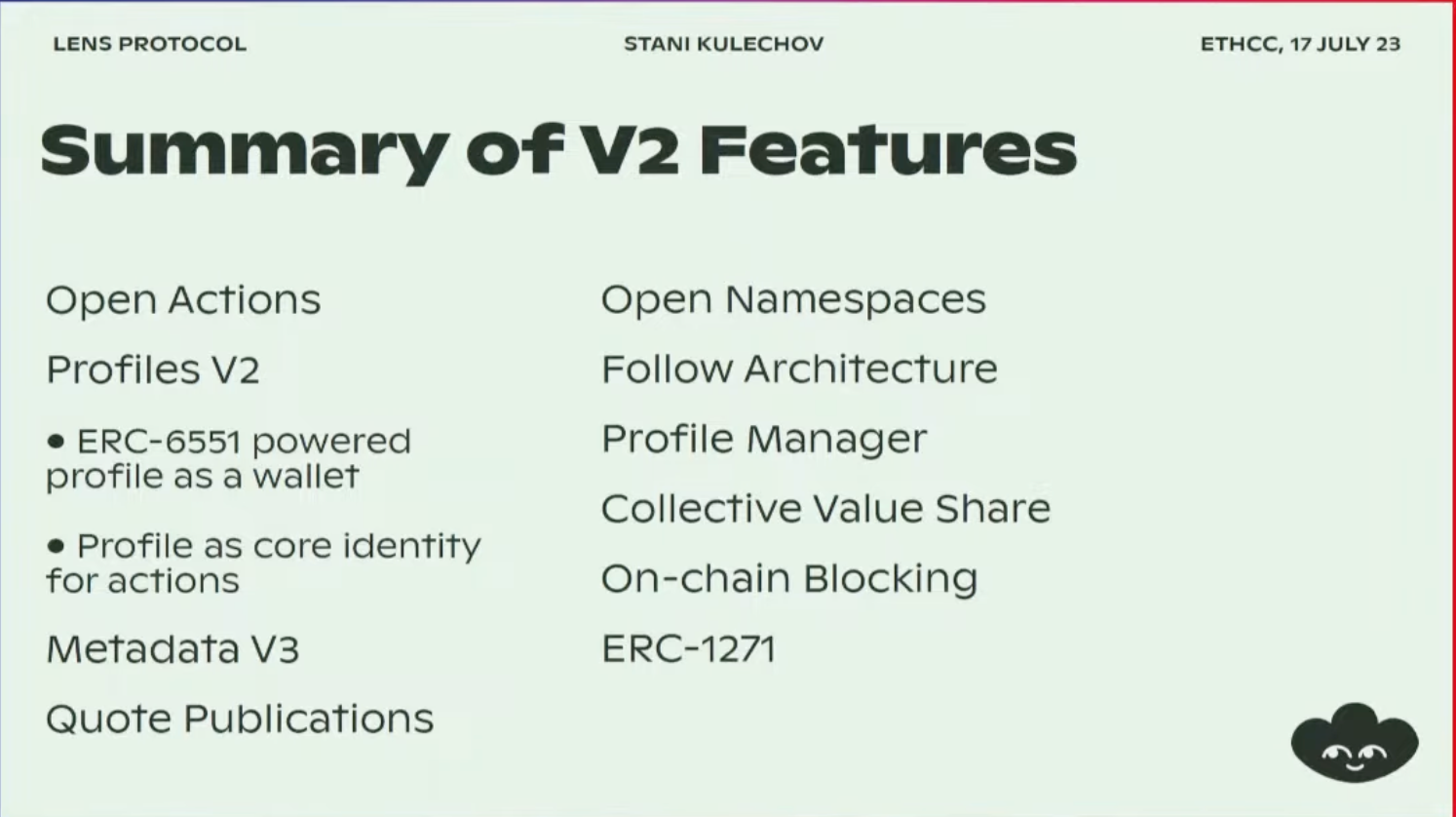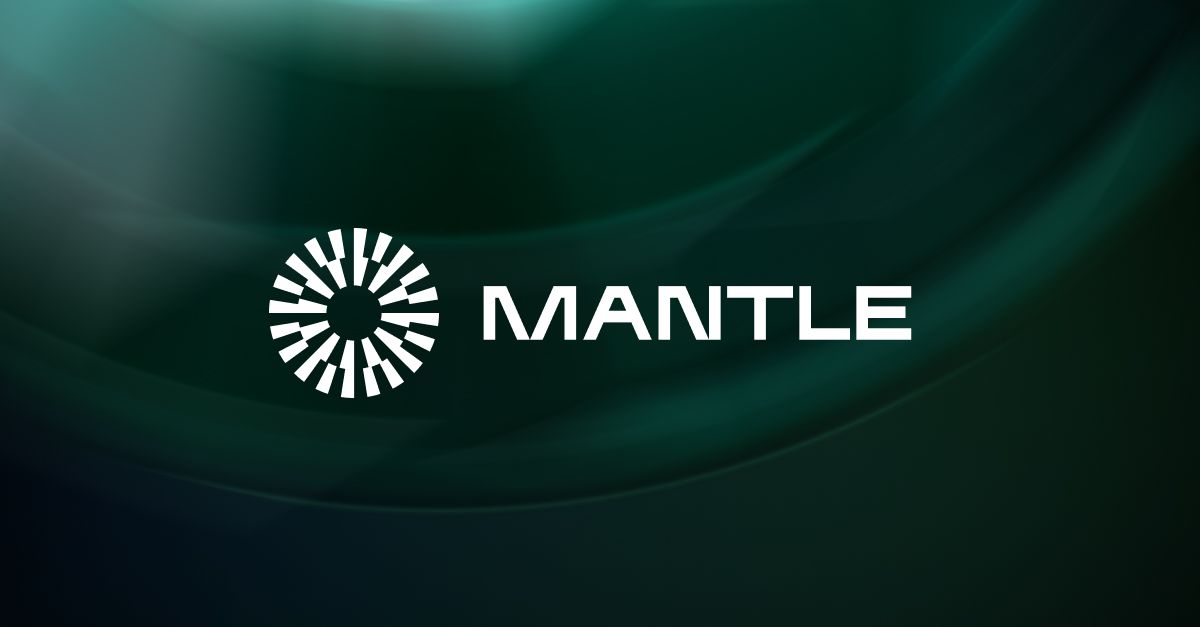The Ethereum Community Conference (EthCC) held in Paris recently, brought together Ethereum developers, researchers, and enthusiasts to showcase innovations and highlight the latest developments on the blockchain protocol.
A testament to the relentless innovation and development in the Ethereum ecosystem, over 5,000 attendees participated and 350 speakers shared their knowledge this year, and it included several key product announcements that are set to shape the future of Ethereum and the broader blockchain industry.
The introduction of new protocols and upgrades like Chainlink's CCIP, Lens V2, UniswapX, Gnosis Pay and Card, StarkNet's mainnet, and Mantle's mainnet alpha are all steps towards making Ethereum more scalable, secure, and user-friendly. These developments are expected to foster greater adoption of Ethereum and blockchain technology in general.
Moreover, the launch of mainnets by StarkNet and Mantle Network, and the release of Solang by Solana Labs, are significant strides towards solving Ethereum's scalability issues. These developments open the door for more complex and resource-intensive applications to be built on Ethereum, further solidifying its position as the leading smart contract platform.
The conference also saw other significant announcements like the launch of Linea's mainnet alpha and Solana Labs' release of Solang, a tool that eases developers' migration from the Ethereum Virtual Machine (EVM) to the Solana environment.
The conference served as a reminder that despite the challenges, the industry is building and innovating more than ever. As we look forward to the future, it's clear that Ethereum and its ecosystem are well-positioned to lead the next phase of the blockchain revolution.
Here are some of the highlights.
Chainlink CCIP
Chainlink, the leading decentralized oracle network, showcased its the Cross-Chain Interoperability Protocol (CCIP) at the conference. CCIP, which recently launched on the mainnet on the Avalanche, Ethereum, Optimism, and Polygon blockchains, is designed to enhance the interoperability between different blockchain networks, enabling smart contracts to interact with off-chain data and systems. This development is expected to foster a new level of collaboration and integration across multiple blockchain ecosystems.
Lens V2
Lens Protocol, an Ethereum-based protocol that allows users to create and manage synthetic assets, unveiled the second version of its platform, Lens V2, which brings it closer to its vision of an "open and decentralized social layer for the web," with a host of new features.
In particular, Lens V2 introduces "open actions" that allow users and developers to “bring their own smart contracts” to enable any external smart contract actions on any Lens publication, even cross-chain activities (for example, following directly on publication, joining a DAO, buying and selling ERC-20s or NFTs, etc.).
The new version also introduces a novel mechanism for managing collateral, which is expected to significantly reduce the risk of liquidation for users.
However, Lens is still in beta, and requires signing up on a waitlist, though founder Stani Kulechov said Lens is releasing a testnet "very soon."

UniswapX
Uniswap, the leading decentralized exchange on Ethereum, announced UniswapX, a new protocol upgrade aiming to enhance on-chain trading and self-custody swapping by aggregating liquidity sources, introducing gas-free swaps, and protection against MEV.
UniswapX introduces a range of new features, including concentrated liquidity and range orders, which are expected to enhance capital efficiency and provide more flexibility for liquidity providers. It outsources routing complexity to an open network of third-party fillers who compete to fill swaps using onchain liquidity like AMM pools or their own private inventory. Additionally, UniswapX provides protection against Maximal Extractable Value (MEV), which is a significant issue in onchain swapping. This feature ensures that the MEV that would be captured by an arbitrage transaction is instead returned to users through improved prices. This upgrade is a significant milestone in Uniswap's journey towards becoming the go-to platform for decentralized trading.
Gnosis
Gnosis, a platform for prediction markets on Ethereum, made two significant announcements at the conference. First, they unveiled Gnosis Pay, the world's first decentralized payment network that allows developers to incorporate traditional payment methods like Visa into their platforms.
Payments are d̶u̶e̶ ̶ ̶̶̶f̶̶̶o̶̶̶r̶̶̶ ̶̶̶a̶̶̶ ̶̶̶c̶̶̶h̶̶̶a̶̶̶n̶̶̶g̶̶̶e̶̶̶ here for web3! 🦉 💳
— Gnosis Pay 🦉💳 (@gnosispay) July 17, 2023
We are extremely excited to announce Gnosis Pay and Gnosis Card, the World’s First Decentralized Payment Network and Self-Custodial Debit Card!
🧵 ⬇️ pic.twitter.com/mBeMAmwsEl
This development is expected to bridge the gap between traditional and blockchain-based transactions. Second, they introduced the Gnosis Card, a Visa debit card linked to self-custodial on-chain wallets. This card will allow users to spend their cryptocurrencies at stores and services that accept Visa, further integrating cryptocurrencies into everyday life.
Starknet
Starknet, a Layer-2 scalability solution for Ethereum, announced the upcoming launch of the Starknet Appchain and introduced the lightning-fast development toolkit, StarkNet Foundry, for building Starknet contracts. StarkNet uses zk-STARKs, a type of zero-knowledge proof, to increase the scalability of Ethereum without compromising on security.
In simple terms, Starknet Appchain is an application-specific blockchain designed to meet the specific needs of certain applications. Its main advantages include customizability, high throughput, and decentralization, while also offering new features not available on the Starknet main chain. The first Starknet Appchain is reportedly soon to undergo closed testing on the mainnet.
This launch is a significant step towards solving the scalability issues that have plagued Ethereum, opening the door for more complex and resource-intensive applications to be built on the network.
Mantle
Mantle Network, a Layer-2 blockchain on Ethereum, launched its mainnet alpha. The network offers a platform for developers to build and test decentralized applications (dApps) before launching them. Mantle Network's modular approach, low-cost transaction execution, and high security have already made a mark in the Ethereum scaling sphere.












